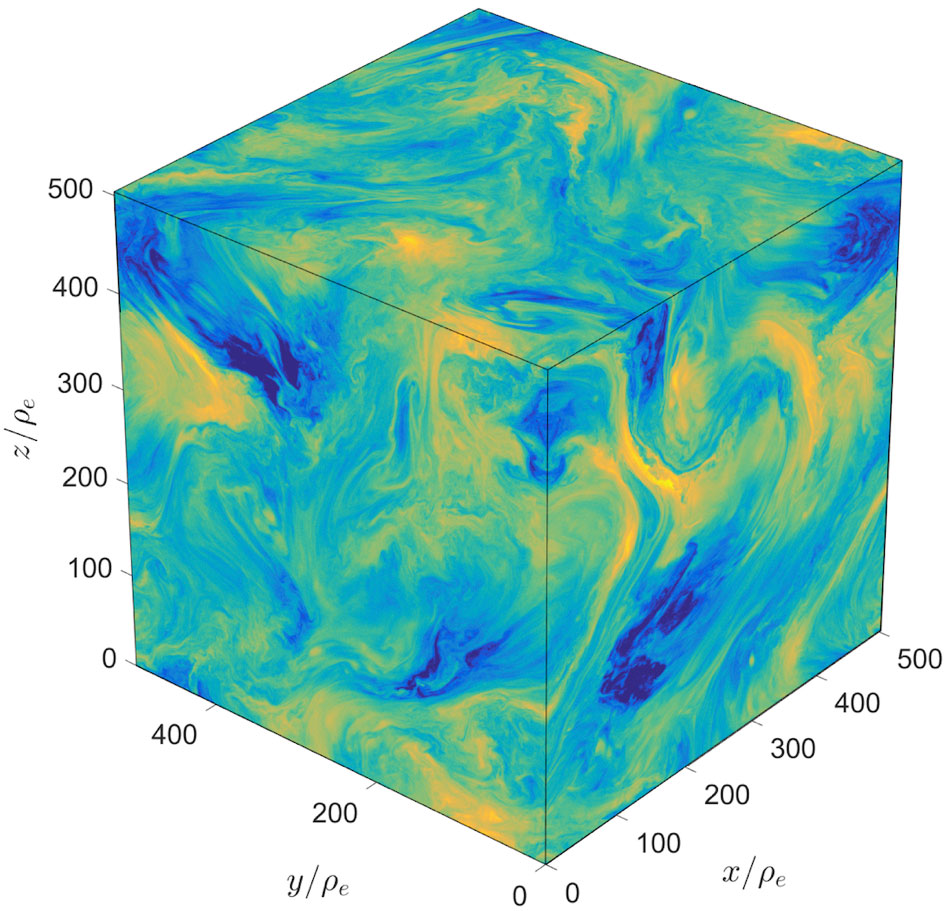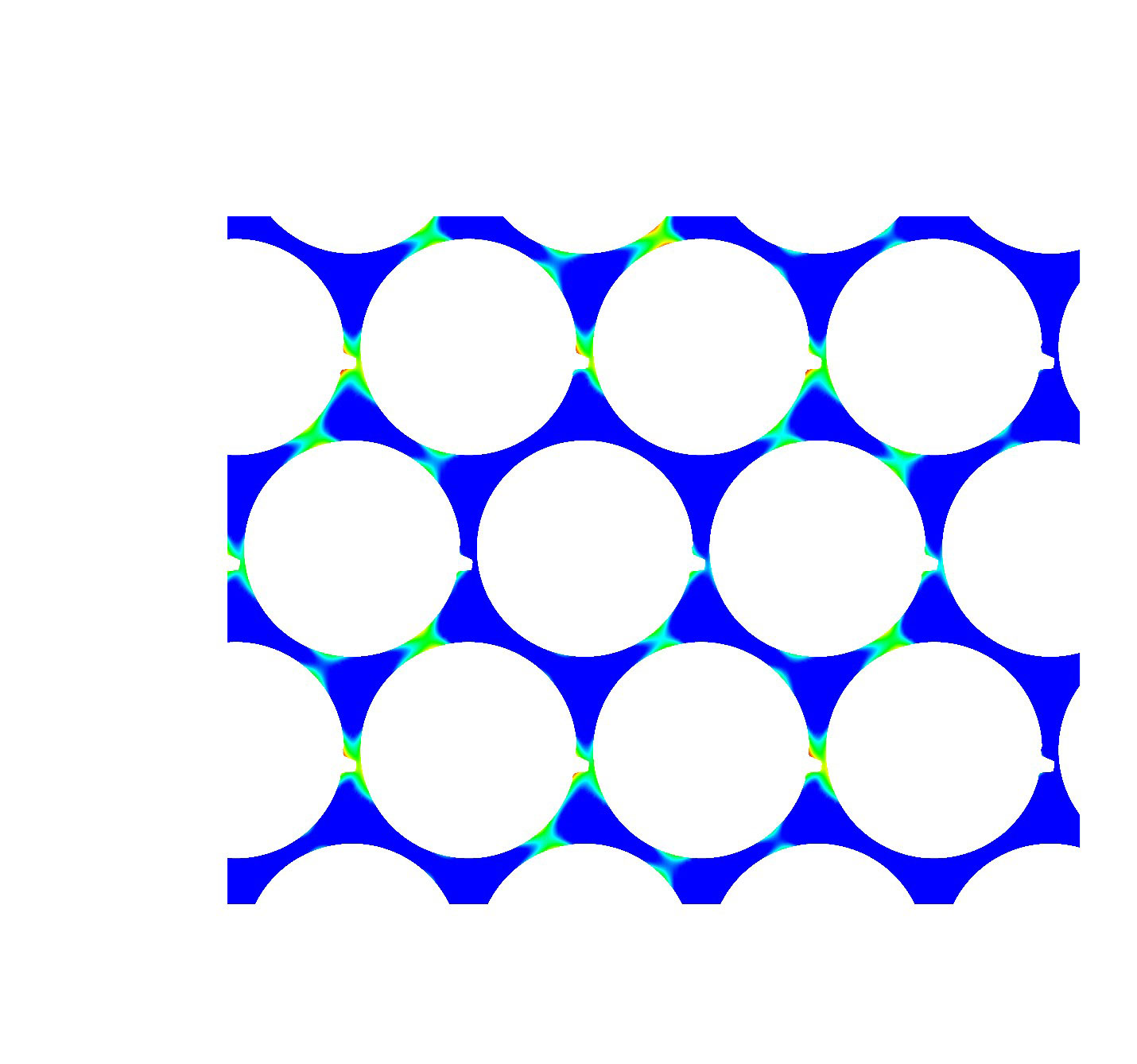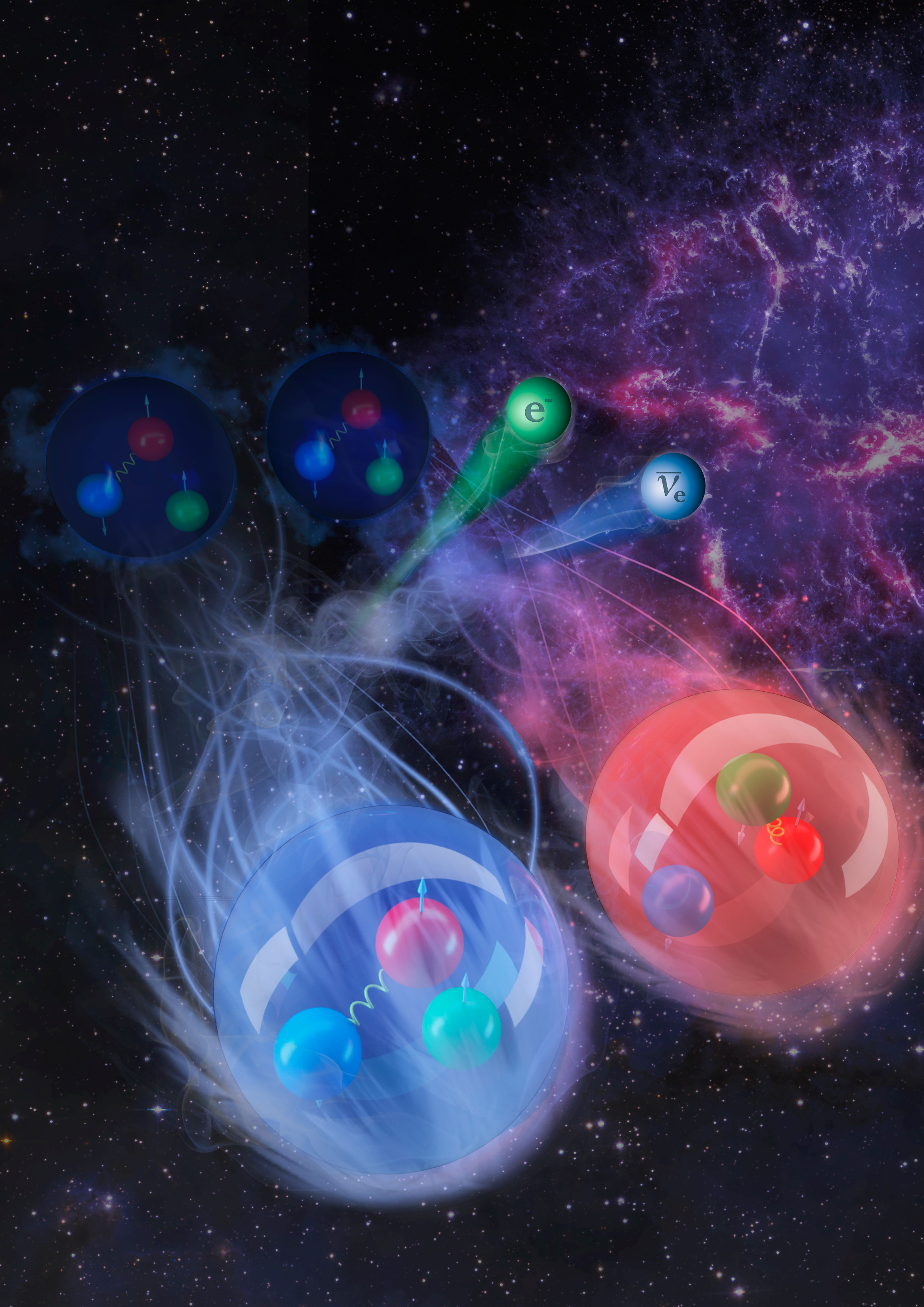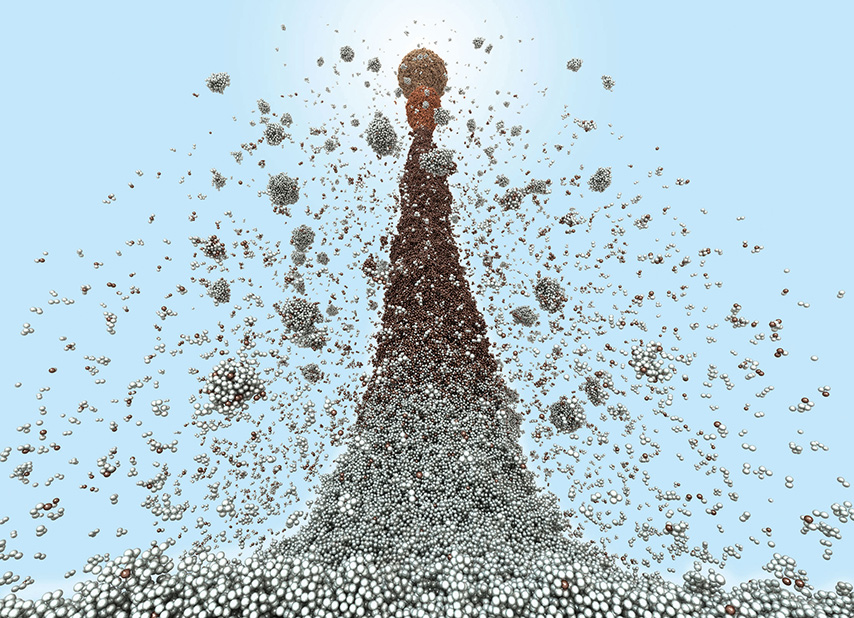
Computer Simulation Shows Astrophysical Particle Acceleration
Particles act in a way that justifies extrapolating simulation results to astrophysical scales.

Particles act in a way that justifies extrapolating simulation results to astrophysical scales.

Engineers can model heat distribution in reactor designs with fewer or no approximations.

Researchers use advanced nuclear models to explain 50-year mystery surrounding the process stars use to transform elements.

A new route to make metal beneath a layer of graphite opens potentially new applications in solar cells and quantum computing.
Read more about Getting Metal Under Graphite’s Skin
Discovery of new boron-containing phase opens the door for resilient flexible electronics.

Researchers capture detailed images of polymers, using electron-based imaging and computer simulations.

Materials prevent battery failure by inhibiting tree-like growths.

New method could enable studying the fastest interactions of ultrabright X-rays with matter, a vital way of learning about chemical reactions.

The behavior of active magnetic liquids suggests new pathways to transport particles across surfaces and build materials that self-heal.
Read more about Tiny Vortices Could One Day Haul Microscopic Cargo
Production of actinium-227 ramps up for use in a drug to fight prostate cancer that has spread to bone.

The radii of three proton-rich calcium isotopes are smaller than previously predicted because models didn’t account for two nuclear interactions.
Read more about Why Are These Extremely Light Calcium Isotopes So Small?
Titan supercomputer tells origin story of nanoparticle size distributions with large-scale simulations.